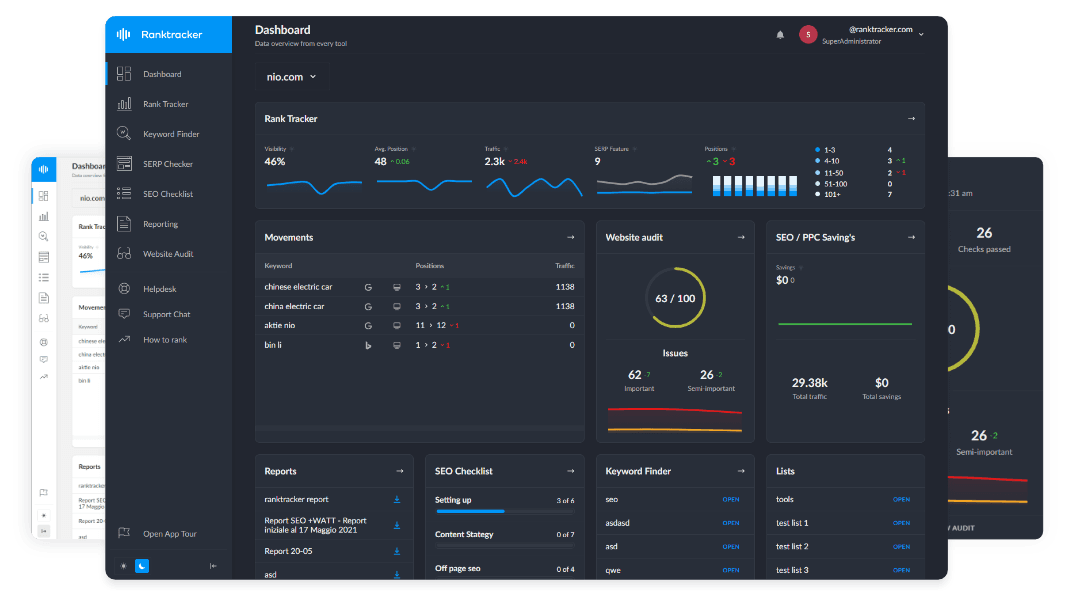Intro
SEO in Arabic-speaking markets requires a localized approach, cultural understanding, and technical adjustments to cater to Arabic-speaking users across the Middle East and North Africa (MENA). With Google as the dominant search engine, businesses must optimize for Arabic-language searches, regional SEO strategies, and mobile-first indexing. This guide outlines essential SEO tactics to improve rankings in Arabic-speaking countries.
1. Understanding the Arabic Search Landscape
The Arabic-speaking world spans multiple countries, each with distinct search behaviors and dialects. While Google dominates, some regions also use Yahoo Maktoob, Yandex (in some North African countries), and Bing.
Key Factors Affecting SEO in Arabic-Speaking Markets:
- Arabic-language search dominance, with variations in dialects between countries.
- Right-to-left (RTL) website formatting, requiring proper technical optimization.
- Mobile-first browsing, with over 85% of searches conducted via smartphones.
- E-commerce-driven searches, with platforms like Souq (Amazon.ae), Noon, and Jumia ranking highly.
- Local search importance, as users rely on Google Maps and local business directories.
2. Keyword Research for Arabic SEO
SEO in Arabic requires regional keyword research since Arabic dialects vary significantly across countries.
Best Practices for Keyword Research:
- Use Google Keyword Planner, Ahrefs, and Ranktracker’s Keyword Finder to analyze Arabic search trends.
- Optimize for Modern Standard Arabic (MSA) while considering dialect variations.
- Focus on long-tail, intent-driven keywords (e.g., "أفضل المطاعم في الرياض" – "Best restaurants in Riyadh").
- Consider seasonal and event-based searches, especially around Ramadan, Eid, and national holidays.
3. Local SEO for Arabic-Speaking Countries
Local SEO is crucial for businesses targeting Arabic-speaking consumers, especially in Saudi Arabia, UAE, Egypt, and Morocco.
Optimizing Google Business Profile (GBP) for Arabic Markets:
- Ensure NAP (Name, Address, Phone Number) consistency across directories.
- Optimize business descriptions in Arabic and English.
- Collect and respond to customer reviews, as online reputation plays a key role in rankings.
- Use high-quality images and local keywords.
Building Local Citations and Business Listings:
- Get listed on Arabic business directories like Yellow Pages Arabia, Daleeli, and Raqmi.
- Register your business on Noon, Souq, and Jumia if applicable.
- Ensure your business appears on Google Maps and local Arabic directories.
4. Content Optimization for Arabic Audiences
Arabic-speaking users prefer clear, well-structured, and culturally relevant content.
Content Best Practices:
- Write in Modern Standard Arabic (MSA) while considering regional dialects.
- Use a formal yet engaging tone, as credibility is essential.
- Optimize for voice search, as Google Assistant usage is increasing in the MENA region.
- Create seasonal and industry-specific content tailored to local events and consumer behavior.
5. Technical SEO Considerations for Arabic Websites
Arabic websites require specific technical SEO adjustments, particularly right-to-left (RTL) language support.
Technical SEO Checklist:
- Use a .ae, .sa, .eg, or relevant country-code domain (ccTLD) for better local ranking.
- Ensure RTL compatibility for Arabic text formatting.
- Optimize for Core Web Vitals to improve page speed and user experience.
- Implement AMP (Accelerated Mobile Pages) for better mobile performance.
- Use structured data (schema markup) to enhance search visibility.
6. Link Building & Digital PR in Arabic SEO
Acquiring backlinks from high-authority Arabic websites improves domain authority and rankings.
Effective Link Building Strategies:
- Get featured on local news sites like Al Arabiya, Gulf News, and Al Jazeera.
- Collaborate with Arabic influencers and bloggers for guest posts.
- Engage in local forums like Mawdoo3, Hawaaworld, and Reddit Arabic.
- Submit press releases to Arabic-language media outlets.
7. Measuring SEO Success in Arabic-Speaking Markets
Tracking SEO performance ensures continuous optimization and improved rankings.
Key Metrics to Monitor:
- Organic traffic growth via Google Analytics.
- Keyword rankings using Ranktracker’s SERP Checker.
- Click-through rate (CTR) and bounce rate for engagement insights.
- Conversions from organic search to assess SEO effectiveness.
Conclusion
SEO in Arabic-speaking markets requires a localized, mobile-first, and culturally relevant approach. By implementing strong local SEO strategies, optimizing for Google’s ranking factors, and leveraging Arabic-language search trends, businesses can achieve higher search visibility and better audience engagement in competitive Arabic markets.

